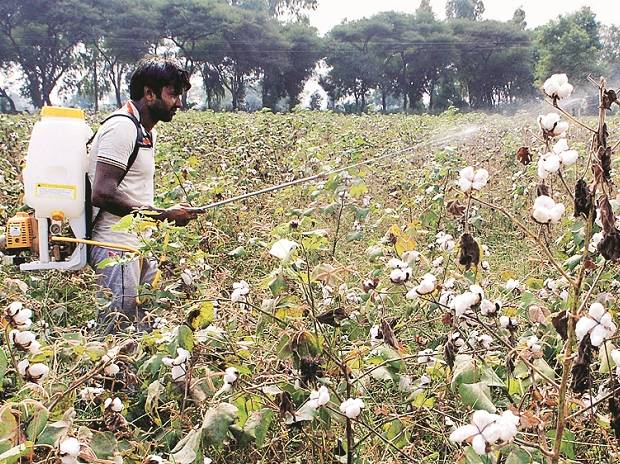
With the onset of monsoon, the Kharif growers are looking forward to getting high yields by the end of the year. Among the top Kharif crops to grow during monsoon, cotton is believed to be the highest yielding crop and a normal monsoon could be a bliss for the farmers.
Cotton is both tropical and subtropical crops, and India is among the top three cotton-producing countries in the world. It usually grows in temperatures of 21-30 degrees Celsius while it requires a minimum of 50-100 cm of rainfall. While the country stands at the top position worldwide, the monsoon has an immense role in the achievement as monsoon delivers 75% of rainfall which is required for the production. The normal monsoon is a good indication for the cotton production in India.
Nowadays, cotton farmers in India are fighting against bollworm with the help of Artificial Intelligence, according to a report.
Monsoon Tips for Farmers
This monsoon season, Krishi Jagran brings to you a few tips to get a high yield of the cotton crop. Smart farming is all that you require to earn the best out of this cash crop production.
Select the Best Variety
To get a good cotton yield, one must consider choosing the best variety that gives you the proven fiber quality and the maximum yield potential. Select the topmost cotton varieties and consult your local seed dealer to get the seed potential reviewed. Review the performance ratings of the seeds and choose the best in your capacity (which means a variety that makes you invest less but earn more yield). You must also consider your field conditions and match the requirements of the production of that variety with your field quality. Pro Tip: Choose the newer variety to have more yield.

Ensure Proper Seed Treatment
The seed treatment is quite necessary for a good yield during monsoon. Treat your seeds with the best fungicide, insecticide, and nematicide in order to protect your crops during the monsoon. If you treat your soil and seed with these chemicals, the yield is likely to increase.
Fertility and Soil Testing
Before the monsoon arrives, testing the fertility levels in the soils of individual fields is quite essential. Try sample testing to establish a balanced pH of your soil and residual nutrient levels. While many farmers would use fertilizers to add to soil fertility, experts say that using an excess of it can cause problems such as diseases and insects. You can rather use organic manure to increase fertility.
Efficient Planting and Seeding
Before seeding and planting, one must start with a weed-free seedbed. While seeding, there must be sufficient soil moisture and soil temperature to create an ideal environment for plantation. As you plant the seeds 1 to 1.5 inches deep, the plant is likely to absorb the most of the rainfall. So, efficient seeding is important.
















